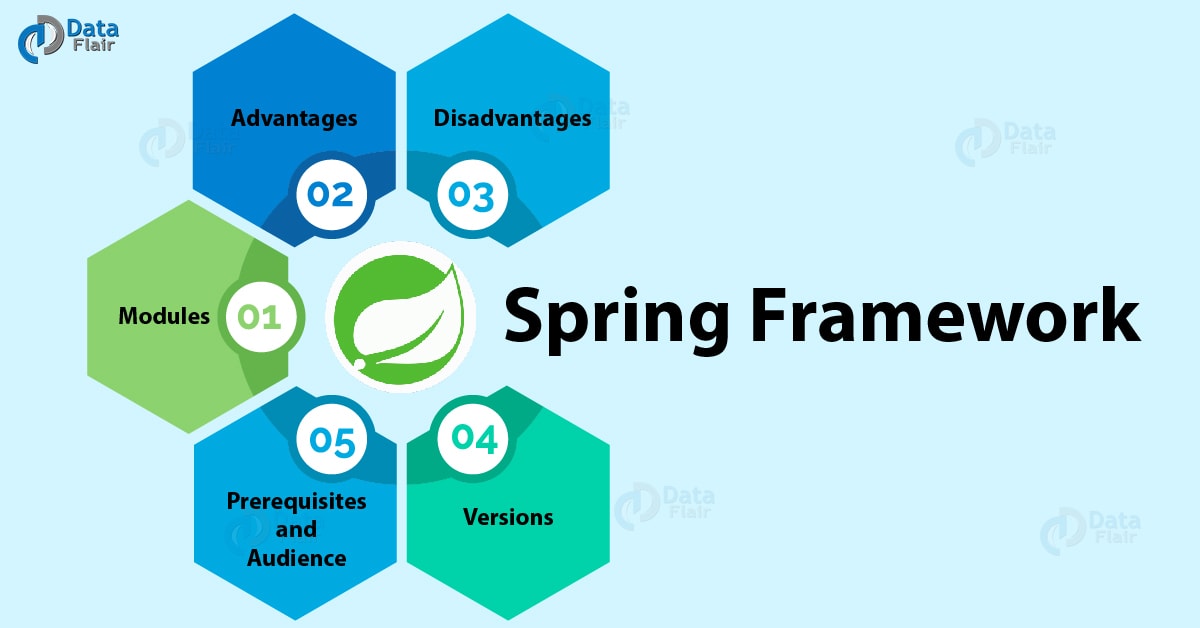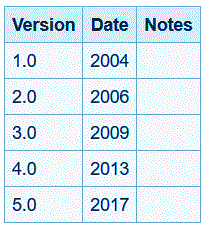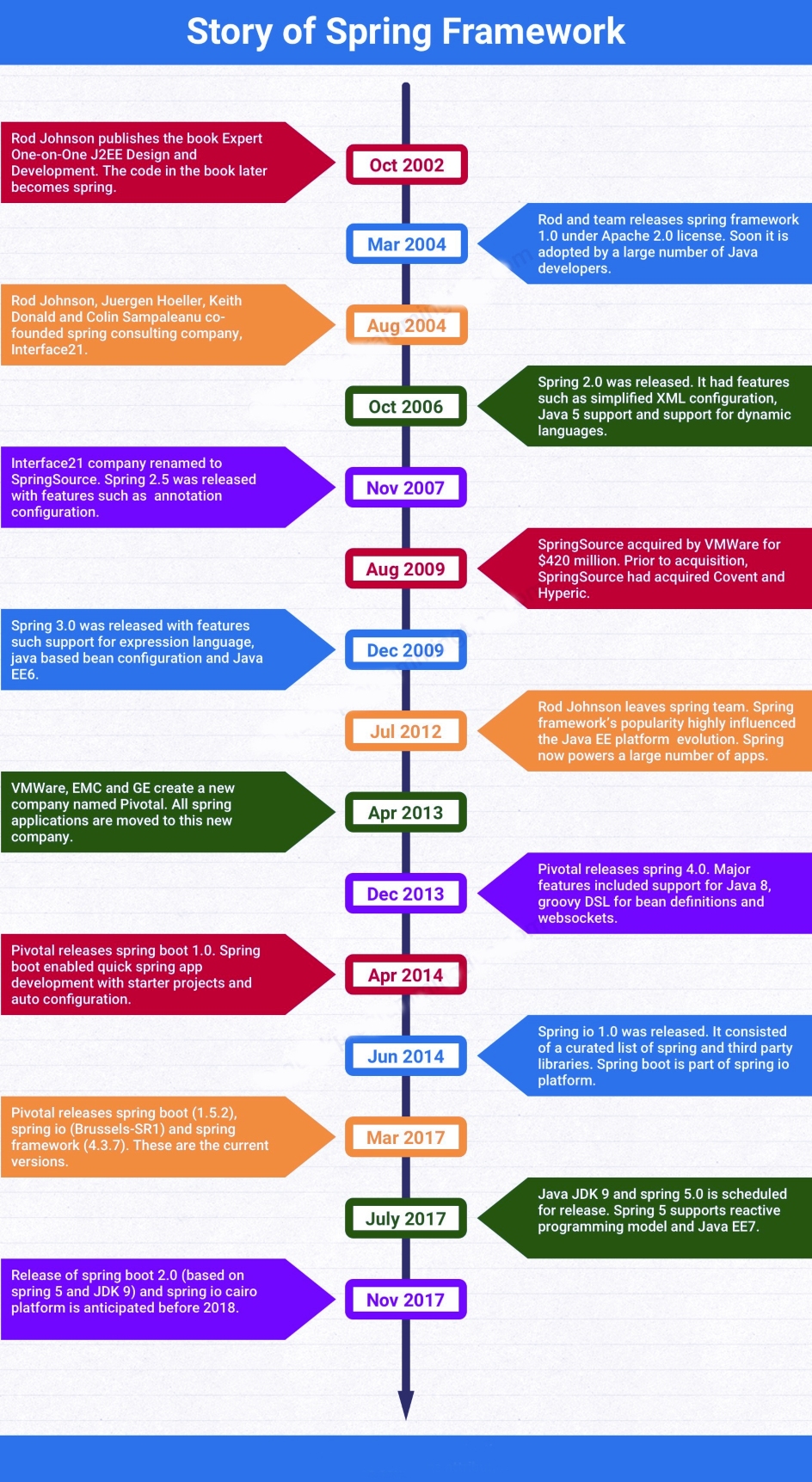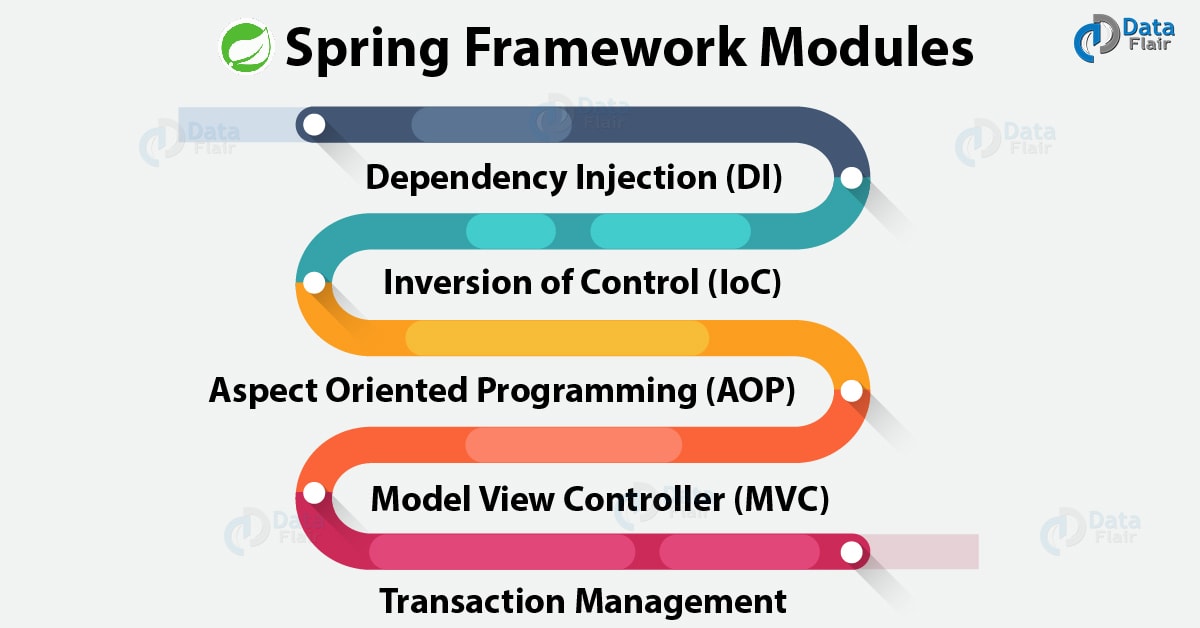Spring Framework for Beginners
Want to learn more about the Spring Framework? Check out this post on the major features of using the Spring Framework for Java app development.
Join the DZone community and get the full member experience.
Join For FreeIn this post, you will be given an introduction to the Spring Framework. Moreover, we are going to study some of the prerequisites, audiences, history, and more, pertaining to the Spring Framework. Lastly, we will conclude with some of the advantages and disadvantages of the Spring Framework. Let's get started!

What Is the Spring Framework?
Spring Framework is one of the most popular Java-based application frameworks. The Spring Framework was developed by Rod Johnson back in 2003. The Spring Framework is an open-source framework that can be used to develop Java applications with ease and at a rapid pace. It is a lightweight framework that also provides well-defined infrastructure support for developing applications in Java. In other words, you can say that Spring handles the infrastructure so that you can focus more on developing your application.
Do You Know Why the Spring Framework Is Popular?
Spring is modular in nature, which means that you can use the parts that you need instead of using the whole of it. Using the Spring Framework, you can build Java applications as well as other kinds of web applications (by using extensions).

Spring uses the Plain Old Java Project, POJO, and applies enterprise services to it. Spring aims to make the J2EE development easier and faster.
Learning the Spring Framework: Prerequisites and Audiences
This Spring Framework analysis is for Java programmers that need to understand and work with the Spring Framework. Before starting with Spring, one should have good knowledge of Java and should be comfortable in writing Java code. Also, the basic working and understanding of Eclipse or Java Netbeans should be familiar, as well.
Spring Framework: Versions, History
Since the introduction of the Spring Framework in 2003 by Rod Johnson. There are several developments that have taken place in the framework. In June 2003, Spring was released under the Apache2.0 license. The first milestone release 1.0 was in March 2004 with further milestones releases in September 2004 and March 2005.
The Spring 2.0 was released in October 2006, Spring 2.5 in November 2007, and Spring 3.0 in December 2009. In December 2013, Spring 4.0 was released, which included support for Java SE8, Groovy2, some aspects of Java EE7, and WebSocket. The extensions of the fourth versions, including Spring 4.2.0 and Spring 4.2.1, were released in July 2015 and September 2015 respectively.
The 4.2.1 version focuses on core refinements and the latest web capabilities. The latest version 4.3 was released in June 2016, which will be supported until 2020, and will be in the final generation of the fourth version. The fifth version is said to be built upon Reactive Streams.

The below diagram will tell the important dates and milestones that were achieved during the development of the Spring Framework since its launch in 2003.

Spring Framework Modules
In this post on the Java/ Spring Framework, we are going to study the important modules of the Spring Framework:

Dependency Injection and Inversion of Control
These are design patterns used to discard dependencies from the code, which makes the code easy to maintain and test. Consider the following example code:
class Student
{
Address address;
Student()
{
address=new Address();
}
}The above example code shows the dependency between the Student and Address . You can say that the Student and Address are tightly coupled.
The IoC makes the code loosely coupled. The above-used example can be redone as follows:
class Student
{
Address address;
Student(Address address)
{
this.address=address;
}
}In Spring Framework, the IoC container used for injecting dependencies uses the XML files or annotations that you can use to provide metadata to the IoC container.
Aspect-Oriented Programming
Aspect Oriented Programming(AOP) is the important part of the Spring Framework. The Aspect-Oriented Programming used for separating cross-cutting concerns (for example logging, security etc.) from the business logic of the application.
Model-View-Controller (MVC)
It an HTTP and servlet-based framework, this provides customization for web applications.
Transaction Management
TM is used to unify several transaction management APIs and to coordinate transactions for Java objects.
Advantages and Disadvantages of Spring
Next, we are going to explore the limitations/benefits of the Spring Framework.
Advantages of the Spring Framework
Let's take a look at some of the benefits of the Spring Framework:
- It is lightweight in nature due to its POJO implementation, which doesn’t force us to inherit any class or implement any interfaces.
- The Spring Framework supports other frameworks and its integration makes Spring easier to develop.
- The Spring application is loosely coupled due to the Dependency Injection.
- The Spring Framework is easier to test, and it doesn’t require any server to run the application.
- It provides a powerful abstraction to JavaEE Specifications, like JDBC, JTA, etc.
Disadvantages of Spring Framework
These are some limitations of the Spring Framework, let’s discuss them:
- The learning curve for Spring Framework is very high as most developers find it hard to understand and apply.
- The nature of the Spring Framework keeps changing over the course of time, which makes it harder to grasp. For example, the annotation-based Spring is not everybody’s cup of tea.
- For many, it's a time-consuming process, as the Spring Framework has lots of integration with another framework, due to which it is hard to know all the options that are available.
Conclusion
In this in-depth look at the Spring Framework, you learned what Spring Framework is and what are the important components of using the Spring Framework for Java applications. Let's us know what you thought in the comments below!
Further Reading
Published at DZone with permission of Shailna Patidar. See the original article here.
Opinions expressed by DZone contributors are their own.

Comments